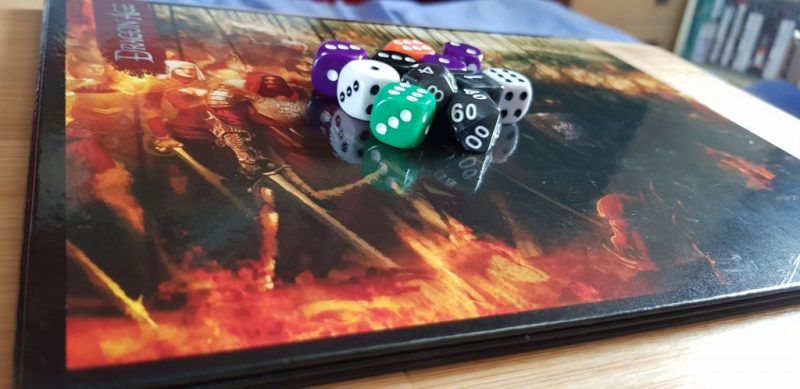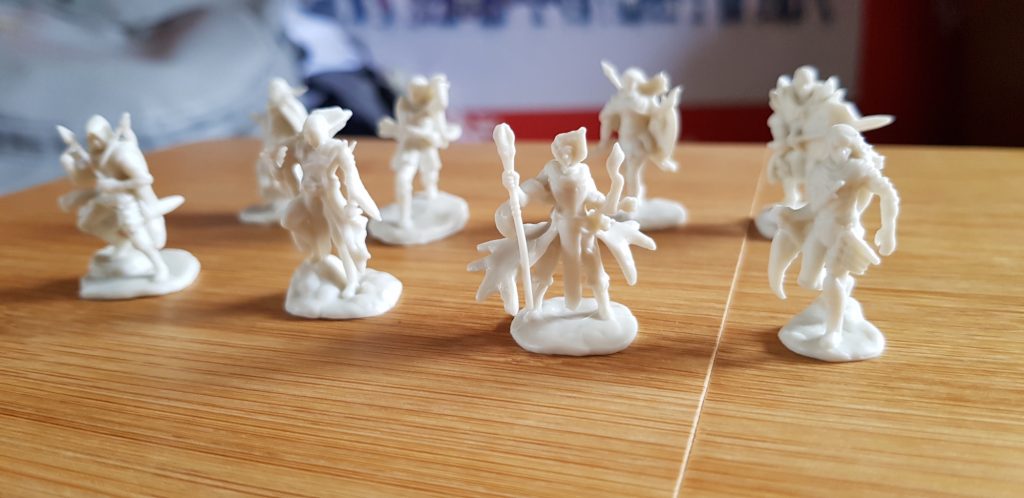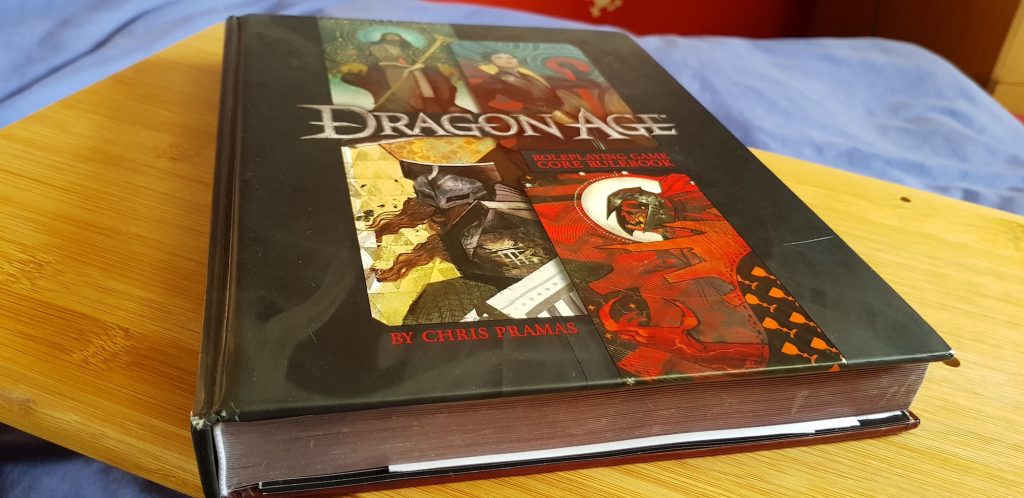
How Dungeons and Dragons is Letting us Explore Our Identity
Dungeons and Dragons, also known as D&D, is a role-playing tabletop game that throws players into the hardened leather boots of an adventurer, was first published in 1974. Since then, the game has only become more and more popular and with huge stars such as the Critical Role team, as well as the Adventure Zone’s McElroy’s, enticing more and more people into D&D.
I’d gotten into D&D myself last year and, as a queer woman, it became apparent very early on to me that all my characters would be queer too.

Expressing Identity
I’m lucky enough to be able to express my identity whenever I want around my family and friends, and that includes my adventuring party. In D&D friendships, comradeship and sometimes, even love, are formed between not just the party, but NPCs too.
While I’m sure of what my sexuality is, my gender has always been something I’d struggled with. With this in mind, D&D became the perfect playground to find out more about, not just the party and your character, but yourself too.
When I reached out to others, I quickly found out that I wasn’t the only one who had used the popular tabletop game to help better understand who they were.
One individual I spoke to named Lulu talked about their character, Mokoro. Mokoro is an Eladrin, a subrace of elves that appearances and magic can change depending on their emotions. For Lulu, this was the opportunity to show off their character and their identity through unique, in-game means.
With Mokoro being genderfluid, Lulu used the changing of their emotions to signal a change of seasons, such as winter and angry and summer and happiness, but also a change of gender.
With this inclusion of gender and emotions, Lulu found Moroko to be an incredible outlet:
It really helps having [Moroko] as an outlet and have the other players validate that it’s okay to show these emotions. It’s amazing to have players ask how ‘I’m’ feeling and what pronouns to use. I can’t imagine how amazing that would be to hear in actual life. To have someone ask how you are feeling without feeling of judgment or have them ask pronouns without me telling them ‘hey, I’m actually he right now.

Dungeon Masters
As most Dungeons and Dragons players will tell you, it’s incredibly important to have an adventuring group that you can feel comfortable with. If your players don’t feel comfortable, the chance that they’ll have a pretty damn awful time will rise, preventing great games and most importantly: ostracizing the players who you want to know more about in the first place.
But even if your party is 100% perfect, the next hurdle is the DM (Dungeon Master) or GM (Game Master) of your game. Having a good relationship with the person running the game may not be necessary, but it’s always best for the two of you to be on the same page when it comes to the game, as well as your character.
Speaking to one of my many DMs, Brad, I asked about his own thoughts and feelings of having a diverse set of characters, such as my lesbian bard Freya, my friend’s sorcerer Adorjan, created in order to explore their gender identity, as well as Tyf Tyf, a lady half-orc that will hit on you regardless, as being part of his adventures.
Honestly? I love it. I think it makes the game more interesting. I love knowing they feel comfortable enough to stretch out and dig into who their character is on a kind of “human” level.” Expanding more on that, Brad also made mention of the alignment system and how that is usually an easy indicator on what sort of adventurer your players will be. “But once you get to the in between moments they have an opportunity to change their frame of mind and explore stuff they may not have even considered before the campaign starts. I think it’s important to figure out how much weight you as a DM place on those moments, and for me personally it’s a lot.
In a world that we can create solely from our imagination, it can sometimes be hard for players to remember that they aren’t the only ones in this world. But for Brad, NPCs can be the bread and butter that compliments the exploration of his players.
I do my best as a DM to facilitate that [character growth] by giving the players opportunities to interact with each other outside the confines of an adventure by including NPCs who challenge them to decide how they act in a given situation.” That, of course, also includes romance. “ When a shopkeeper or bartender flirts is it something they reciprocate? Do they have a desire for romantic entanglements and do they know what kind of relationship their character might seek? It’s legitimately my favorite thing with our group when I see them piecing that stuff together.

With Brad being such an accepting and nurturing DM, myself and my fellow adventurers who identify differently felt comfortable in exploring ourselves in such a way. Without that safety net, that feeling of being seen and accepted for who we are, as well as our characters, our games were positively impacted by that.
Speaking to a different DM, who wished to remain anonymous, we also talked about how identity is being approached by more well-known adventures such as Critical Role, The Adventure Zone and Rivals of Waterdeep.
For them, they believed that the community has come to the point that if you want to play a queer character, then you usually can if your comfortable with your group.
“But, I do think it can be very affirming to see more rep in media especially when straight and/or cis people make an effort to have their characters be more inclusive.” They later clarified, an assessment that I wholeheartedly agree with.
Not only is D&D getting bigger and better, but it allows us to a part of something much more special: exploring ourselves and sharing that exploration with the people around us.




